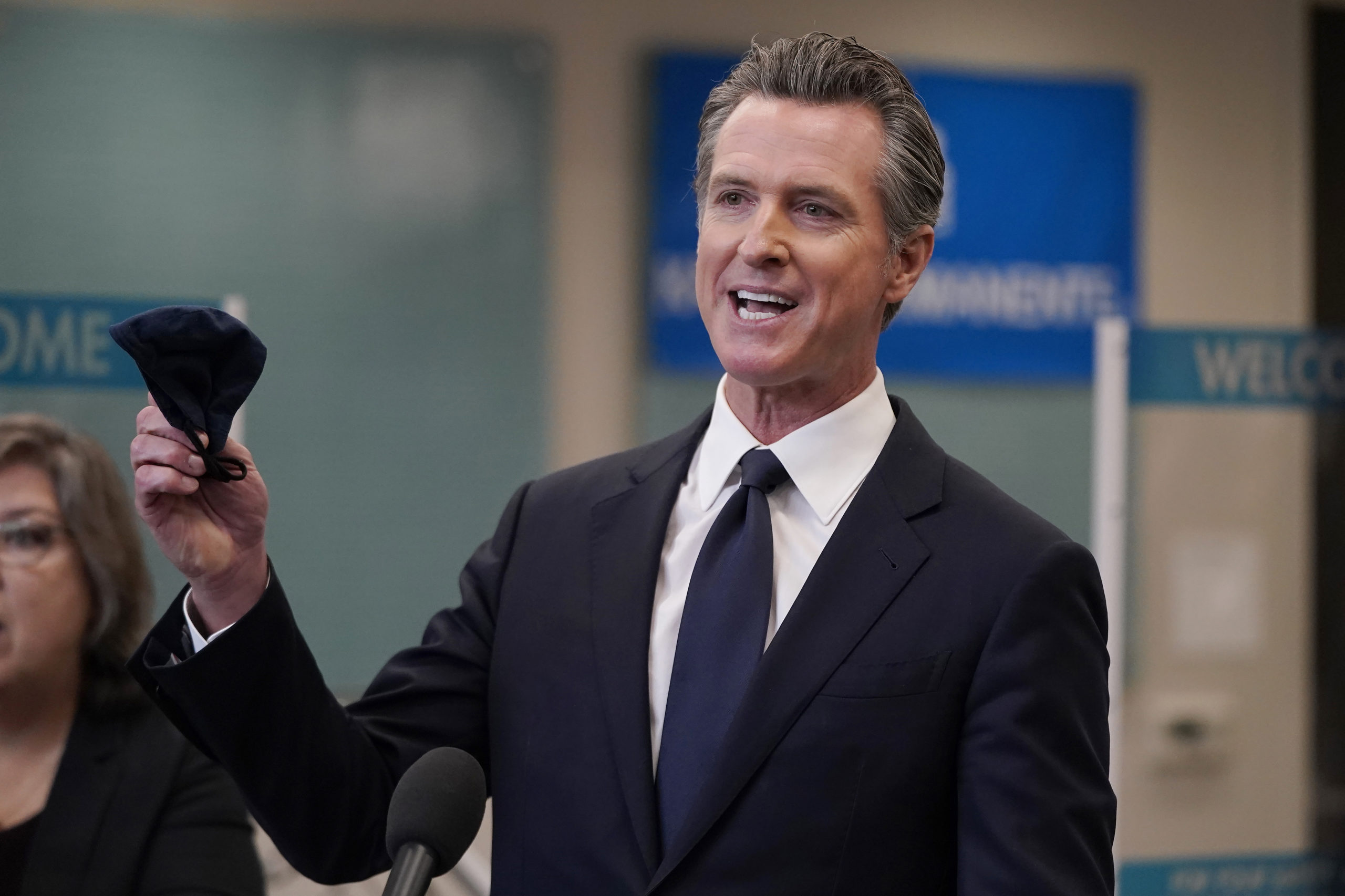What To Know Today
Gavin Newsom to sign gun bill modeled after Texas abortion law. Months after first floating the idea, the Democratic governor of California is set on Friday to sign the bill that allows private citizens to sue people who make or sell guns that the state prohibits, including unserialized ghost guns, with a minimum $10,000 award for people who successfully sue. The so-called bounty law is directly mirrored after a Texas abortion law instituted last fall that bans the procedure once a fetal heartbeat is detected and allows private citizens to sue anyone who violates the statute. The California measure would take effect next year and contains a provision that would automatically withdraw the law if courts strike down the Texas statute before then. Ahead of signing the bill, Newsom took out full-page ads in Texas newspapers that read: “If Texas can ban abortion and endanger lives, California can ban deadly weapons of war and save lives. If [Texas] Governor [Greg] Abbott truly wants to protect the right to life, we urge him to follow California’s lead.” From The Trace: In January, Jennifer Mascia spoke with legal experts to help make sense of the gun bounty law — and the potential broader consequences of states emulating Texas.
Biden plans to unveil $37 billion proposal for crime prevention. The Safer America Plan request that is part of his 2023 budget proposal was set to be unveiled yesterday but delayed because of the president’s Covid diagnosis. It would request funding to help police departments hire and train thousands of new officers in the next five years; provide $3 billion to ease court system backlogs; invest $5 billion in community violence intervention programs; and launch a $15 billion grant that would in part encourage states and localities to use non-law enforcement first responders to handle non-violent situations. The last step points to the growing nationwide movement to remove police from situations that in the past have preceded fatal police shootings.
Support for assault weapon ban ticks down even as support for gun restrictions remains broadly popular. A new poll from Quinnipiac University found that 49 percent of respondents supported a national ban on assault weapons, compared to 45 percent who were opposed. Though still a plurality, it was the lowest level of support for such a ban since February 2013 when the polling outlet first asked the question. The same poll taken shortly after the shooting in Uvalde, Texas, found 50 percent support for a nationwide ban on the sale of assault weapons. The highest level of support for the policy — 67 percent — was in 2018, just after the school shooting in Parkland, Florida. A Gallup poll last month found a similar trend amid a resurgent popularity of other gun restrictions, with support for banning assault rifles dropping to 55 percent from 61 percent in August 2019. Gallup found that decline was largely due to a drop in GOP voter support. House Democrats are eyeing a vote on an assault weapons ban, but it’s unclear if they have the votes.
Small-town Mississippi police chief fired after racist recording bragging about shooting Black man. Sam Dobbins, the head of the Police Department in the mostly Black town of Lexington, reportedly bragged about killing 13 people in the line of duty and used a racial slur to describe a man he says he shot at least 119 times. The conversation from April, which included frequent use of racist and homophobic language, was provided to the Mississippi Center for Investigative Reporting by the civil rights and human rights organization JULIAN, and recorded by Robert Lee Hooker, a Black former Lexington police officer. After the recording went public, the Lexington Board of Aldermen voted 3-2 to remove Dobbins from his post. “The corruption we’re seeing here is on a scale I haven’t seen since the civil rights movement,” Jill Collen Jefferson, the founder and president of JULIAN, told The Washington Post in a statement.
Data Points
26 percent — the increase in the number of sworn police officers from 1987 to 2016.
11.5 percent — the decline per capita in officers during the same period.
76.5 per 1,000 — the number of officers per serious crimes in 2016, compared to 41.1 officers per 1,000 serious crimes in 1987. [Council on Criminal Justice Task Force on Policing]

